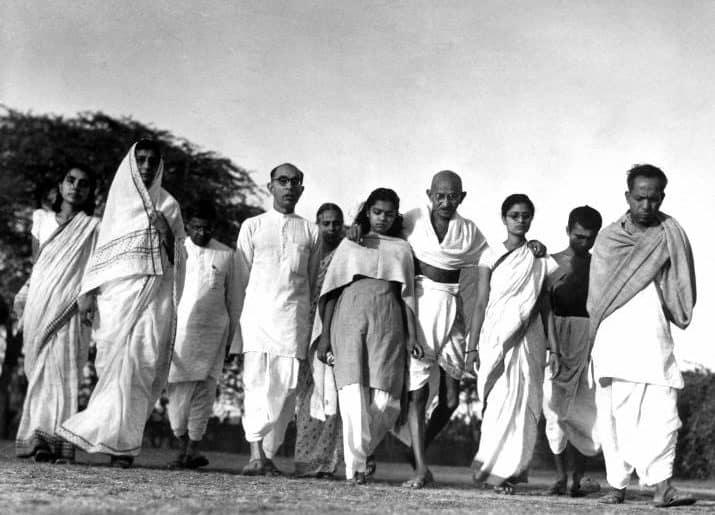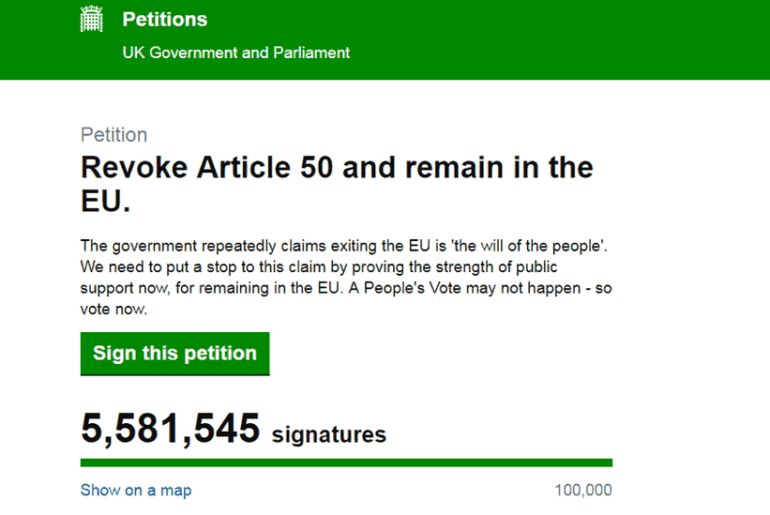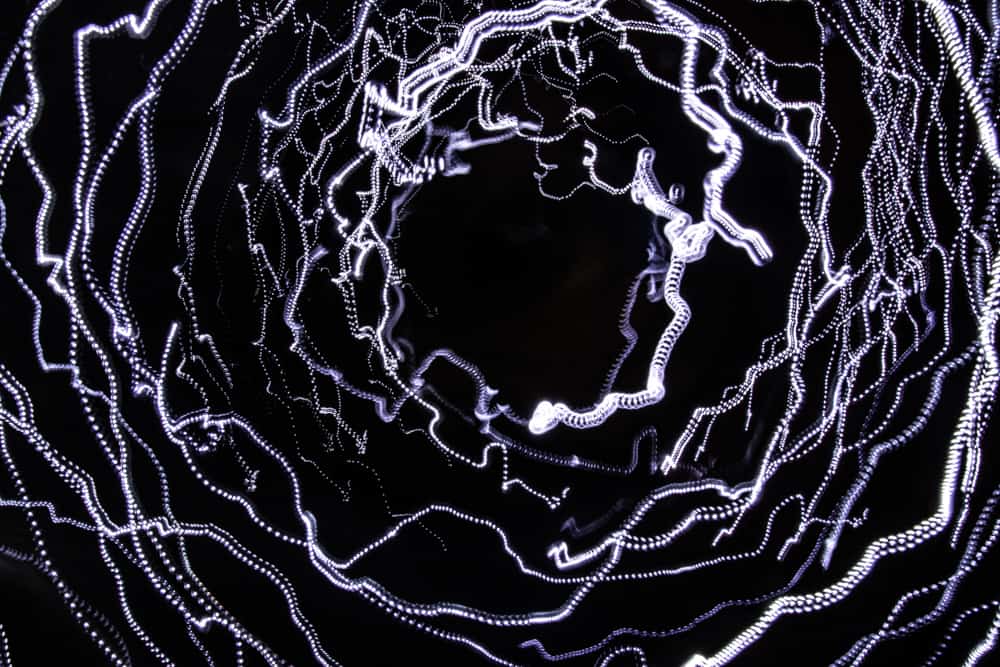History continues to celebrate Mahatma Gandhi as a figure of Indian resilience and struggle. Throughout the world, Indian history is seen as if synonymous to his name, and yet, in the shadows of that glory remain hidden the people who shaped the legacy of Mohandas Karamchand Gandhi.
Every year on 2nd October, the world remembers Gandhi, the man who fought the British and did it so artfully that they had no resort except to accept the man with a frail frame and a frightfully forceful firmness to not fail. Yet, it was not just Gandhi who was behind the framing of his Gandhian fame. It was the collective efforts of many behind the curtain, his many supporters and mentors whose benefaction made Gandhi into theman who was able to bring the British Raj to its knees.
The man who perhaps influenced Gandhi’s life the most was Gopal Krishna Gokhale. Gokhale was a great reformist and nationalist leader who influenced economic and developmental thinking. He was an influential and respected member of the Indian National Congress. He wrote recommendation letters for Gandhi to several lawyers in Bombay, in order to secure a juniorship in the latter’s name. He proposed the Natal Indentured Labour Bill to help Gandhi gain a legal framework and to assist him in his struggle in South Africa. In Gandhi’s own words, “If Gokhale had not played this stellar role, the South African problem would never have resolved.” It was he who convinced Gandhi to return to India from South Africa to serve his people, and to spend a year visiting every part of the country – every city, district and village, so that he may get to know the people he had come to serve. He sought a promise from Gandhi to not utter a word on Indian issues for one year till his discovery of India was complete. Gandhi wrote in his book, Satyagraha in South Africa, “Every word of Gokhale glowed with his tender feeling, truthfulness and patriotism. Gokhale prepared me for India.”
Though Gandhi’s views on women’s rights were closer to Puritan-Victorian expectations of women, the women who accompanied him shaped his ideologies, and helped propagate them. Perhaps the most relevant woman encircling the glory of the Mahatma was his wife, Kasturbai “Kasturba” Mohandas Gandhi. She helped her husband in South Africa by establishing the Phoenix Settlement. She participated actively in protests and civil movements, and spent most of her time serving in ashrams. Despite being of ill health, she joined many of Gandhi’s protests, and was jailed on several occasions, with the most famous one being her imprisonment at Aga Khan Palace. She later died at a detention camp.
Another important woman beside Gandhi was Sushila Nayyar, an Indian physician, veteran Gandhian, and a politician. Sister to Gandhi’s personal secretary, she played a leading role in several programmes for public health, medical education, and social and rural reconstruction in India. She was Gandhi’s physician, a part of his trusted inner circle, and she worked for the empowerment of women, while also advocating for family planning.
One more man behind Gandhi’s success was J.C. Kumarappa, the pioneer of rural economic development theories, who has been credited with developing economic theories based on Gandhism. When Kumarappa started working with Gandhi, Pandit Madan Mohan Malaviya complimented Gandhi for the wonderful training he had given to Kumarappa. In response to the compliments, Gandhi had said, “I haven’t trained him, he came to me readymade.”
These people were some of the many spokes of the Mahatma’s wheel that spun a revolutionary movement. If Gandhi was the light of the candle, these people were his wax. However, history casts them in the shadows. The wheel would never have turned to drive a successful cause, in the absence of its spokes.
Feature Image Credits: Time Magazine
Shreya Juyal
















